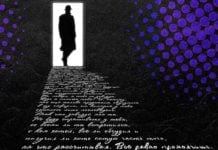The skies will be alive with streaks of light this week as Earth passes through the dusty debris trail of comet 55P/Tempel-Tuttle, bringing forth one of the year’s most reliable meteor showers — the Leonids. Active between early November and early December, the shower peaks on the night of November 16–17, offering a captivating celestial show for skywatchers across the Northern Hemisphere.
Named after the constellation Leo (the Lion), these meteors appear to radiate from a prominent asterism within Leo known as the Sickle, which resembles a crescent shape nestled near the lion’s head. Each year, around this time, our planet encounters this cloud of dust particles shed by the comet. As these tiny bits of cosmic debris burn up in Earth’s atmosphere at a blistering 70 kilometers per second, they create brief but brilliant trails of light that streak across the night sky.
While you can typically catch about 10 to 15 Leonids per hour during peak activity, the shower is capable of producing much more spectacular displays. In years past, meteor storms with rates reaching hundreds or even thousands of meteors per hour have been witnessed. However, such intense outbursts are not predicted for 2023.
For those hoping to catch a glimpse of this celestial spectacle, the best viewing window lies in the early hours when Leo ascends highest into the sky and darkness reigns supreme. Remember, patience is key: settle into a comfortable spot with warm clothing, gaze upwards, and allow your eyes to adjust to the darkness. Even without binoculars or telescopes, the Leonids put on a show that’s sure to leave you starstruck.







































